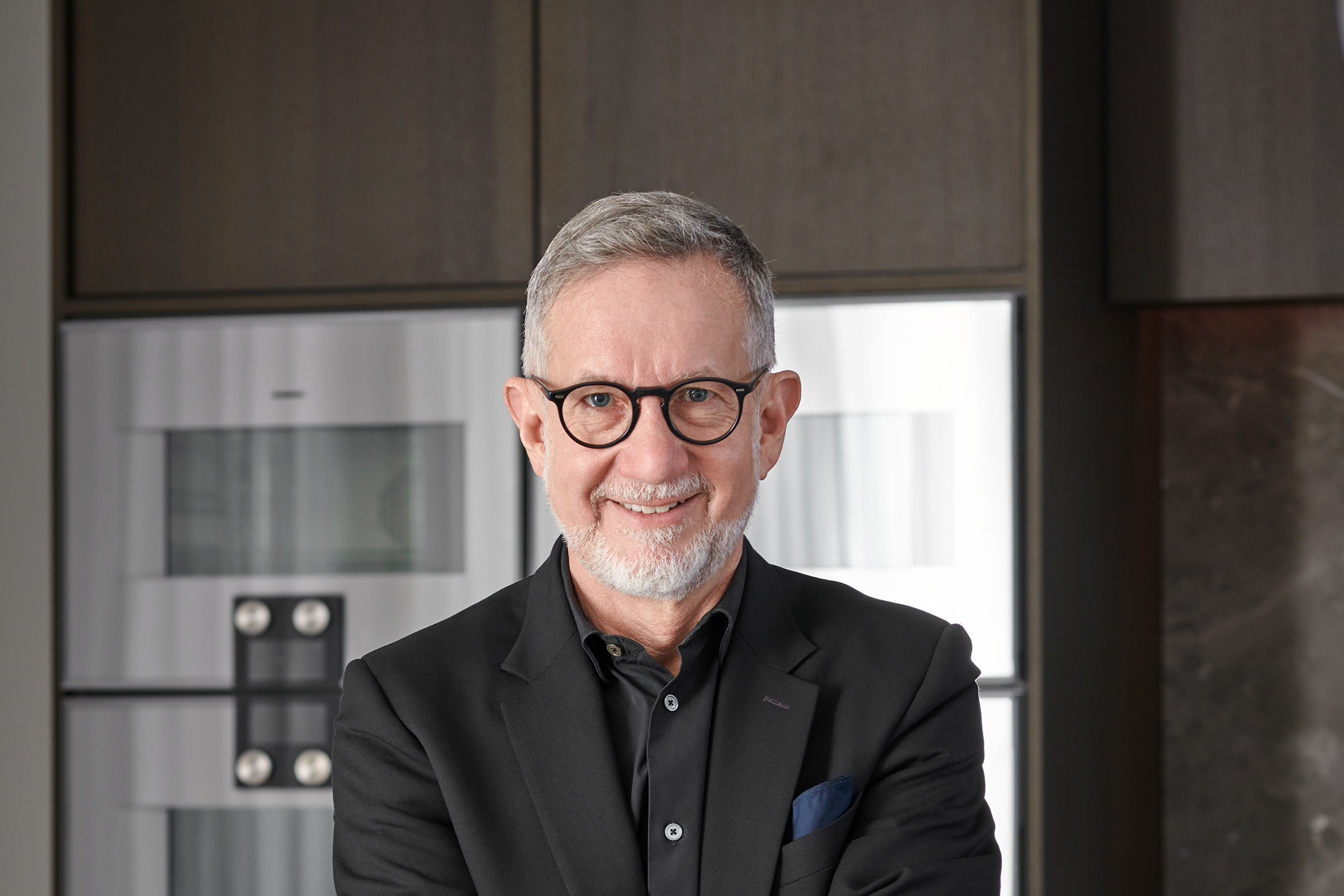Craftsmanship. Performance. Aesthetics. Those are the three pillars that undergird everything Gaggenau does, the triangulated logic within whose coordinates my conversation with Peter Goetz continually reverberated. I spoke to the Germany-based Managing Director before sitting down for a special dinner with a small number of designers from across Sydney.
Hosted at Gaggenau’s Sydney showroom, which opened just last year, we were joined by Kirsten and Jonathan from Richards Stanisich, Greg Natale, Charlotte Wilson from SJB, Ben Mitchell from Those Architects, Harleen Grewal from Alexandra Kidd Interior Design and Jo Lawless from lawless&meyerson. Of course, it goes without saying that when Gaggenau puts on a dinner cooked in its own space, the quality is exceptional.
“The difference between pictures or a plan and reality is that there is something like a soul of an object,” says Goetz, who, despite being a regular visitor to Australia, was experiencing the Sydney showroom for the first time in-person. “On the drawings, [the showroom] looked perfect, but you cannot experience how it really feels – how the light is, whether it attracts you emotionally or if it’s just functional, if it’s warm or cold… How does it feel when you are in the room?”
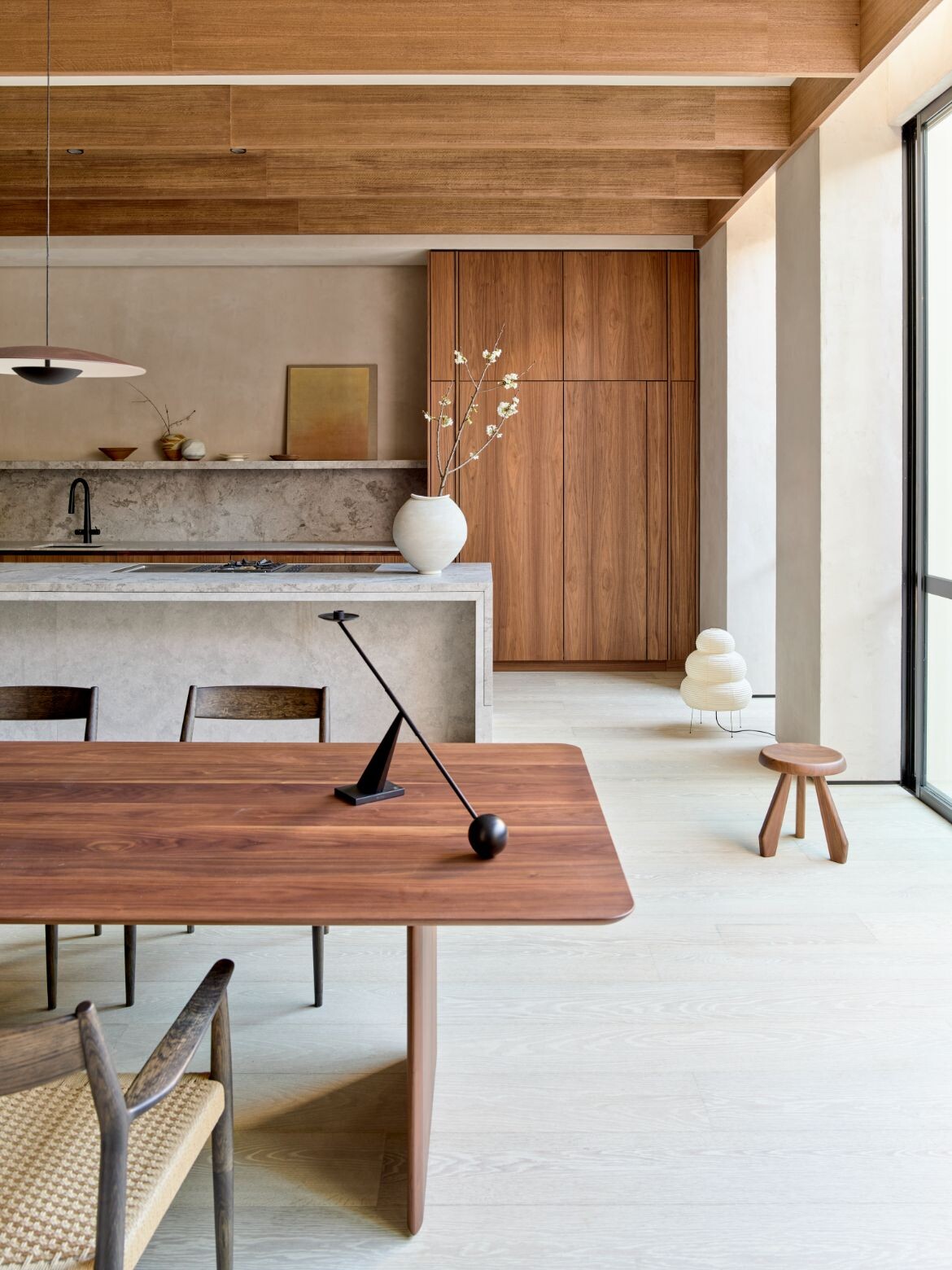
Perhaps it’s the Black Forest heritage of Gaggenau that infuses the company’s self-understanding with an almost Heideggerian sensibility for objects with soul. Gaggenau’s history reaches all the way back to 1683, beginning as an iron forge in the eponymous town on the edge of the Black Forest in Germany’s south-west.
“[The things you don’t notice] are of importance because the communication between objects makes a difference. What I love is when you enter a space and feel, somehow, the soul of a spot. From our perspective, luxury is not a characteristic of something – it’s an experience which you make or you don’t; you feel something or you don’t,” explains Goetz.
This particular visit to the Southern Hemisphere also included a visit to the Auckland showroom and an opportunity to meet some of Gaggenau’s New Zealand partners. Goetz is here in Australia, meanwhile, both to draw inspiration and consolidate what the company sees as an increasingly important market.
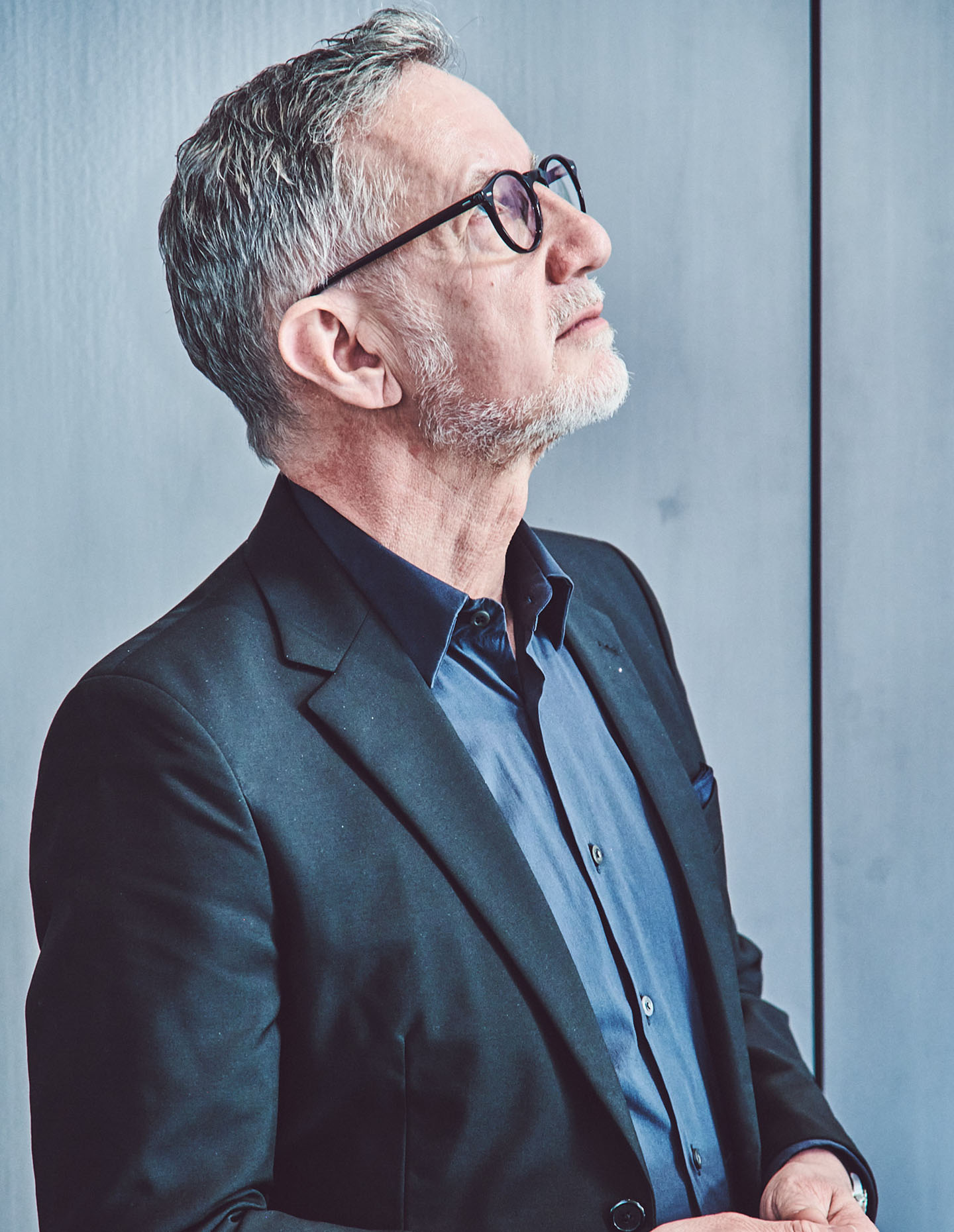
Goetz has been in the business of appliances for 28 years and has been in charge of Gaggenau for four and a half. While noting how fun the job is, he is also keen to draw attention to the brand’s impressive history: “I think it’s of great importance to us,” he says. “With a long history, you develop certain competencies and skills.”
The company turned to enamelling in the nineteenth century, so the journey to today’s luxury kitchen focus has been a dynamic one. It’s also one that includes a strong lineage of craftsmanship – “the ground that we can develop our current activities on,” as Goetz puts it.
“The craftsmanship communicates to our customers that we are here to last; we have a longer perspective. Craftsmanship, in our case, is about manufacturing skills which are more detail-driven [than] an assembly line where you just bring together certain components,” adds Goetz.
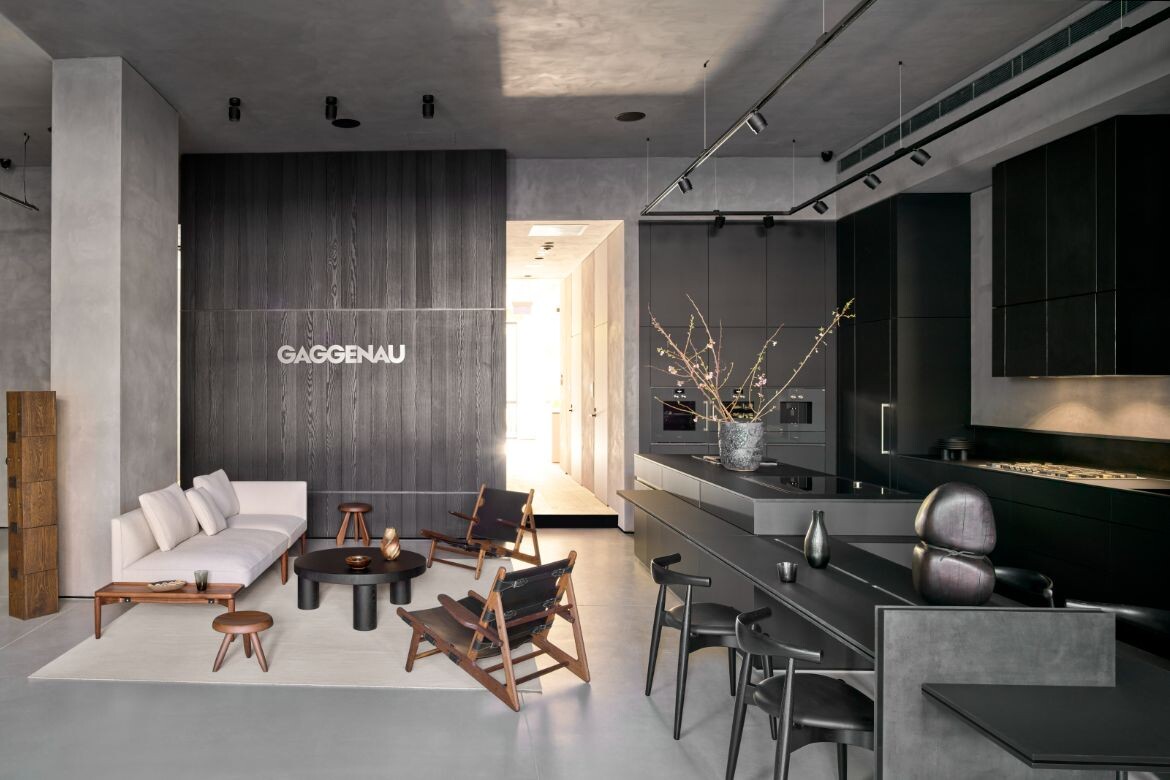
So, how does all of this – the history and craftsmanship – relate to contemporary luxury? The first answer from Goetz is about being strictly dedicated to producing high-performance objects, “where their use creates some kind of delight.” He continues: “The idea has always been to bring professional kitchen principles into private homes. We look at what professional chefs are doing and we try to bring this into appliances for the home.”
The part that remains is then aesthetics, driven by a minimalist approach. “Our principle is ‘traditional avant-garde,’” explains Goetz, delicately walking a line between history and modern performance. “The aesthetics have to create ever-lasting joy, and the performance has to be at a level where you want to use it.”
For Goetz and Gaggenau, it’s in the spaces in between these principles of aesthetics, performance and craftsmanship that the overall atmosphere – or soul – comes into being.
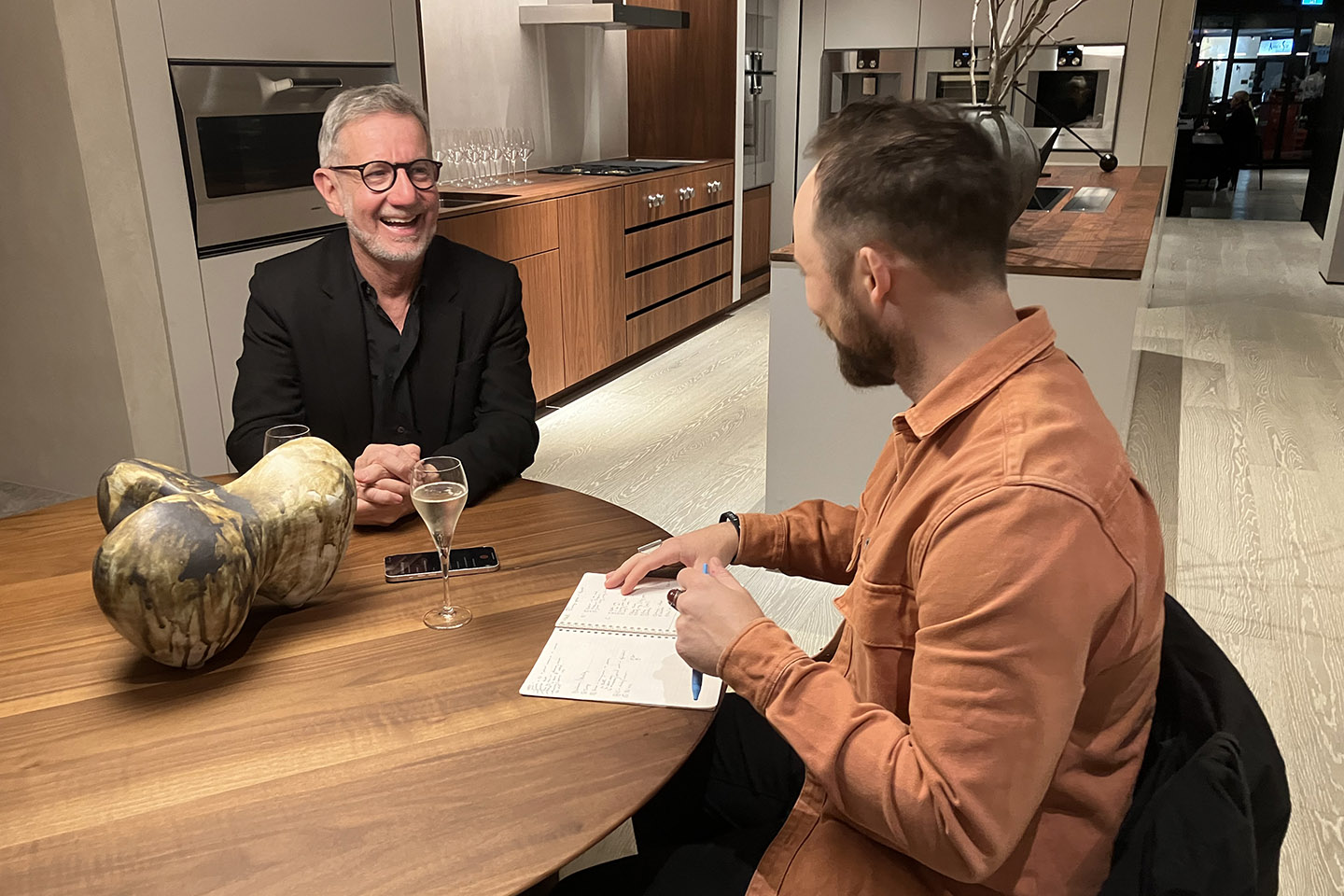

Check out this Brazilian exhibition featuring never-before-seen spaces for art and architecture

